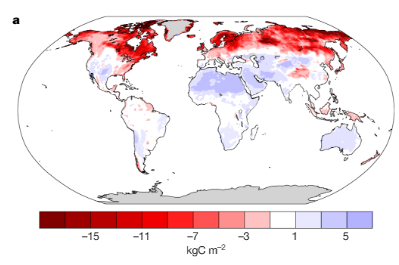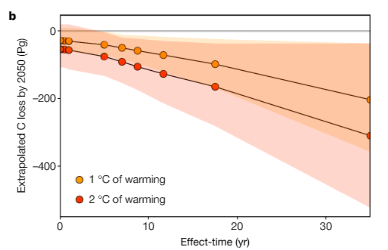Toddsterpatriot
Diamond Member
Yes, we can do something about it.
Carbon Fee and Divided Policy
Below you’ll find the full-text version of Citizens’ Climate Lobby’s preferred climate solution, known as Carbon Fee and Dividend. A national, revenue-neutral carbon fee-and-dividend system (CF&D) would place a predictable, steadily rising price on carbon, with all fees collected minus administrative costs returned to households as a monthly energy dividend.
In just 20 years, studies show, such a system could reduce carbon emissions to 50% of 1990 levels while adding 2.8 million jobs to the American economy.
Carbon Fee and Dividend Policy
Download the full-text version or see answers to frequently asked questions.
The addition of 2.8 million jobs above baseline, driven by the steady economic stimulus of the energy dividend
Hey, Rocks, explain how the "energy dividend" is an economic stimulus.

